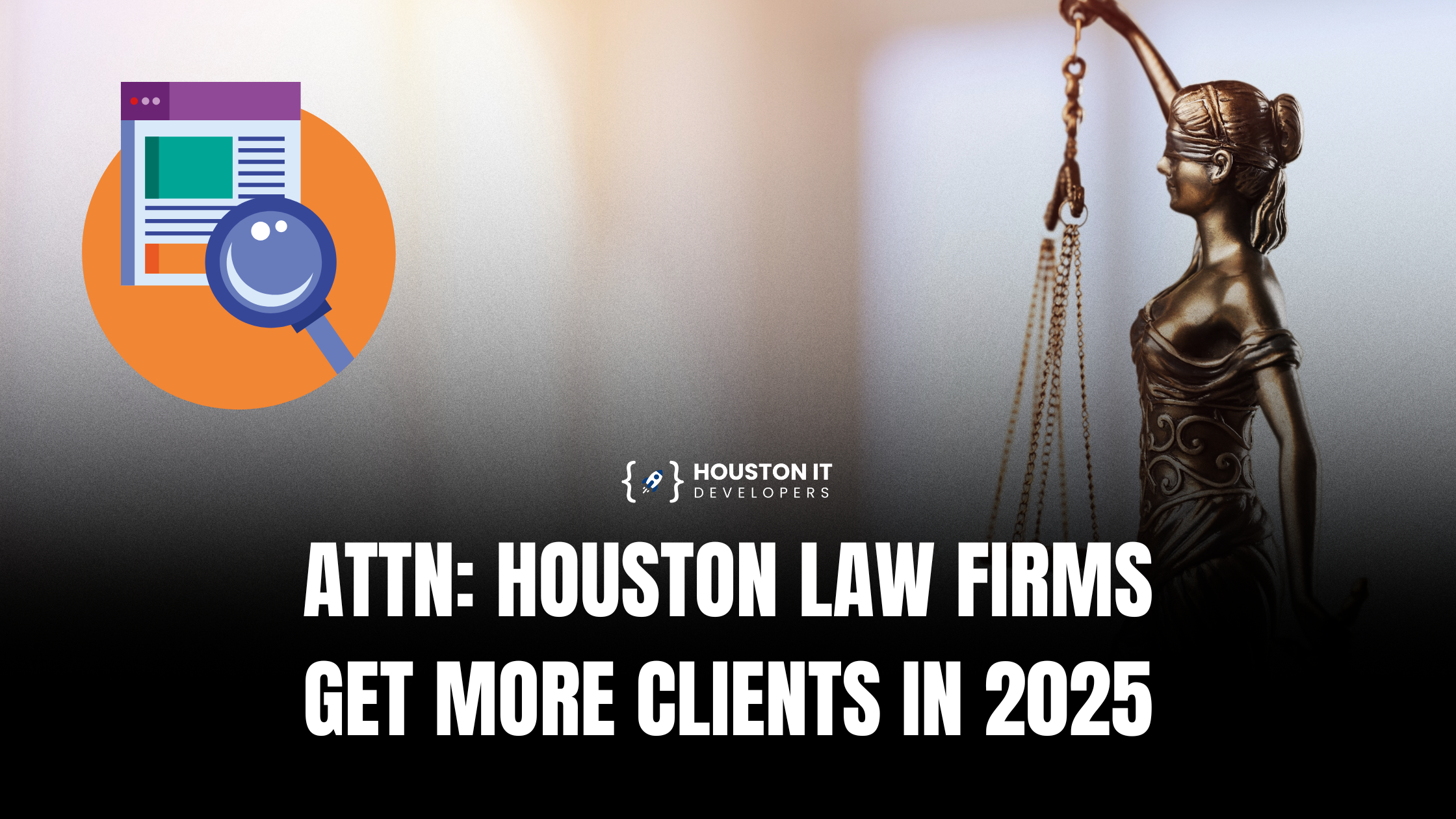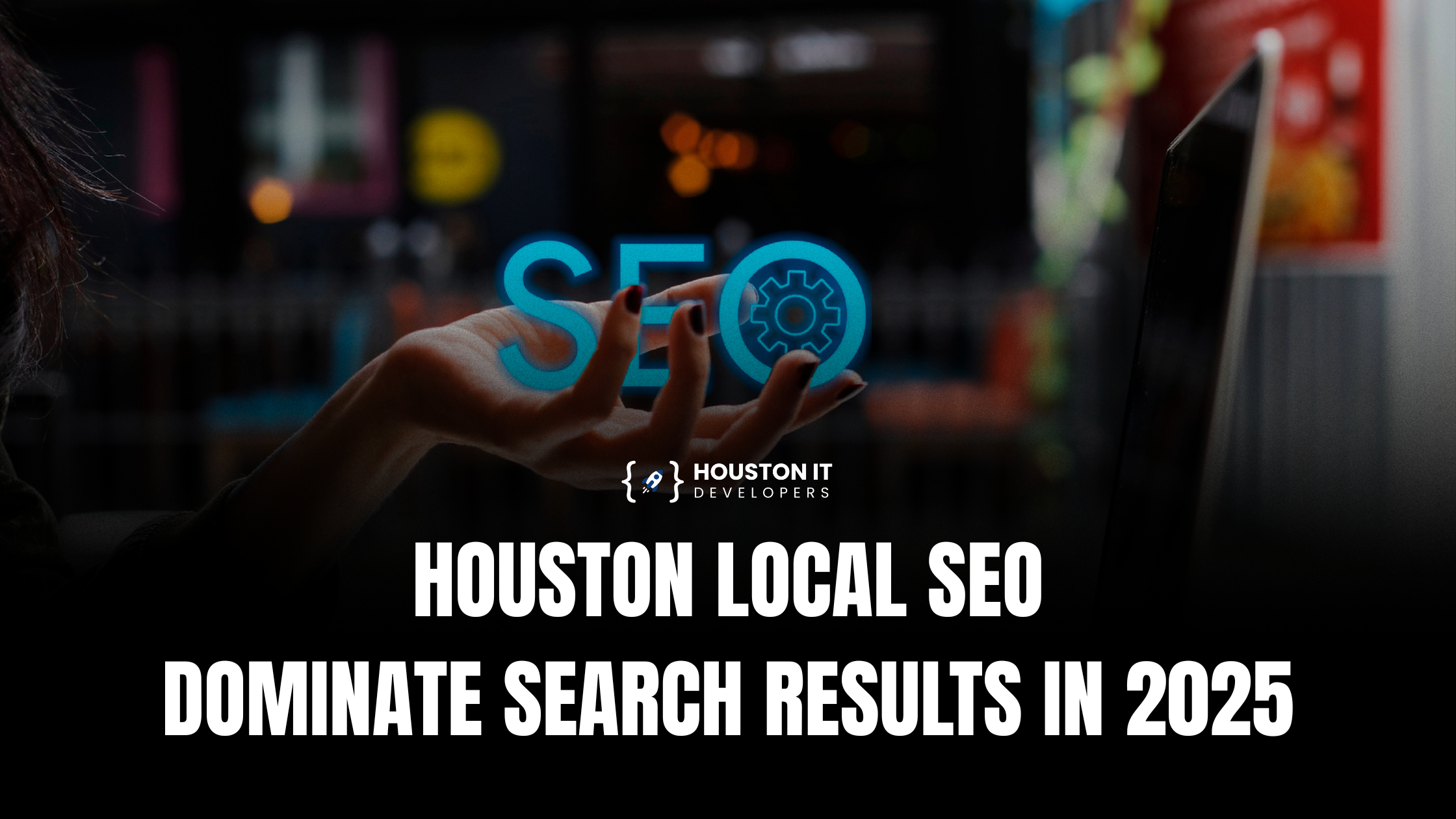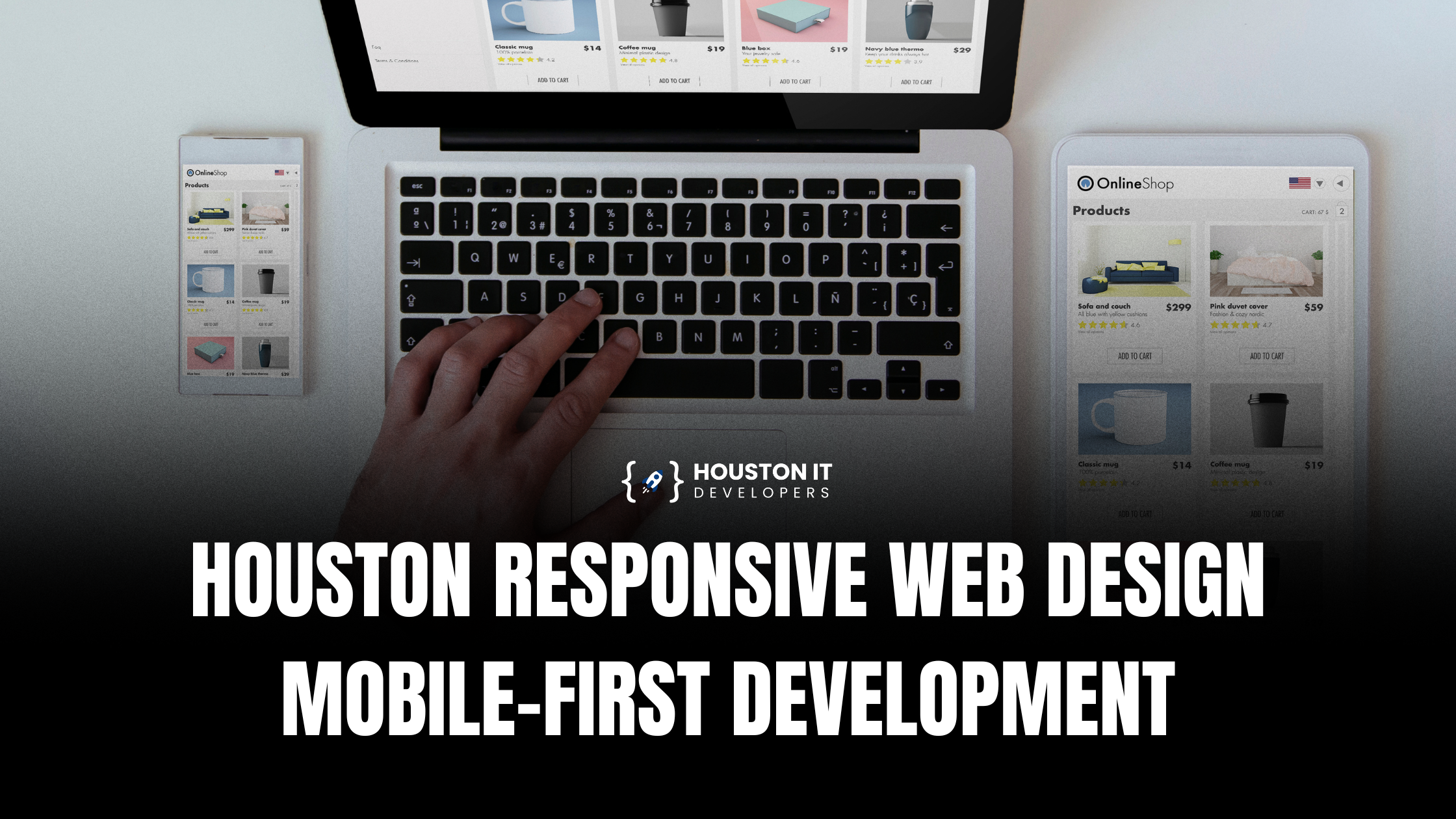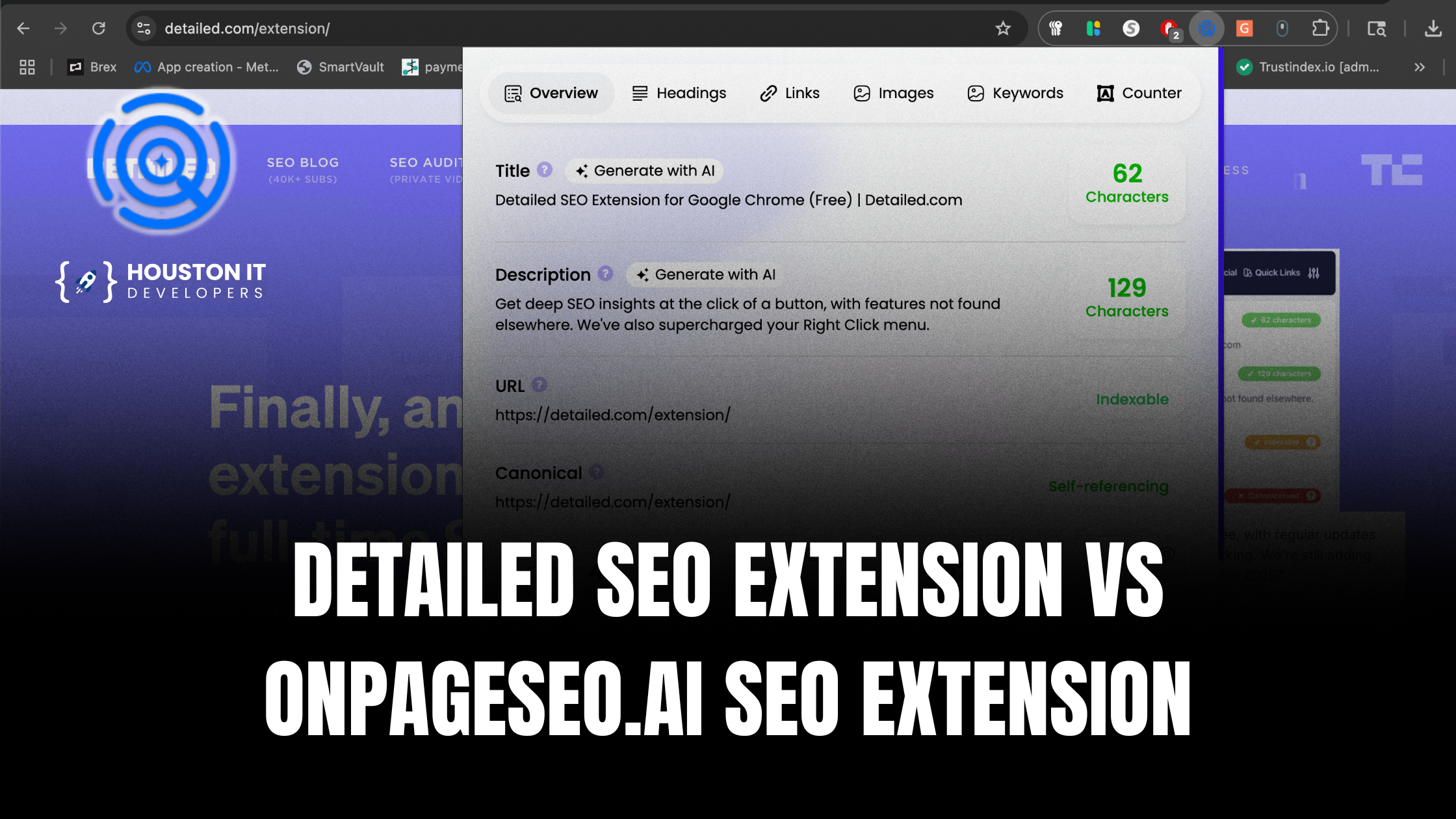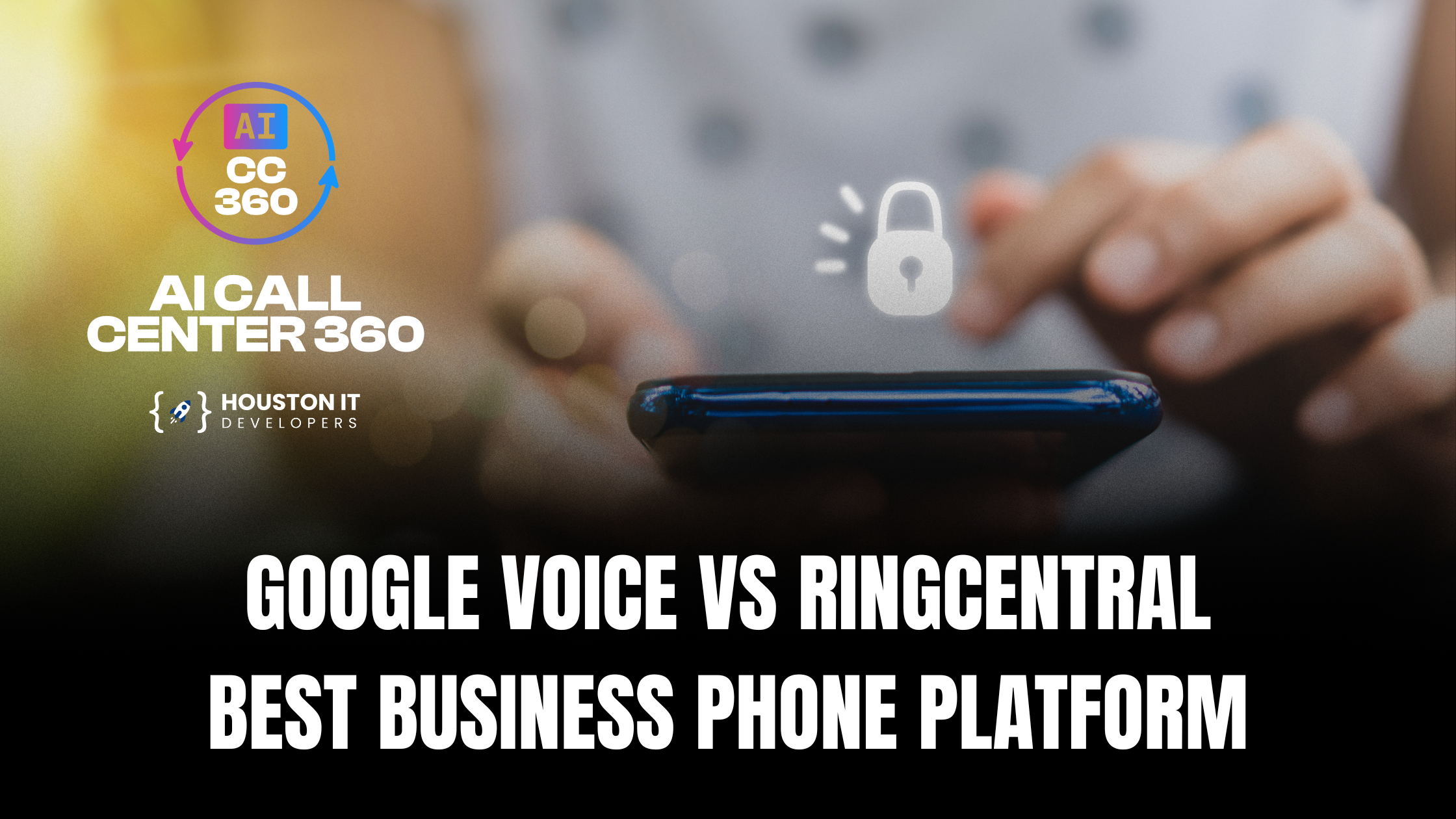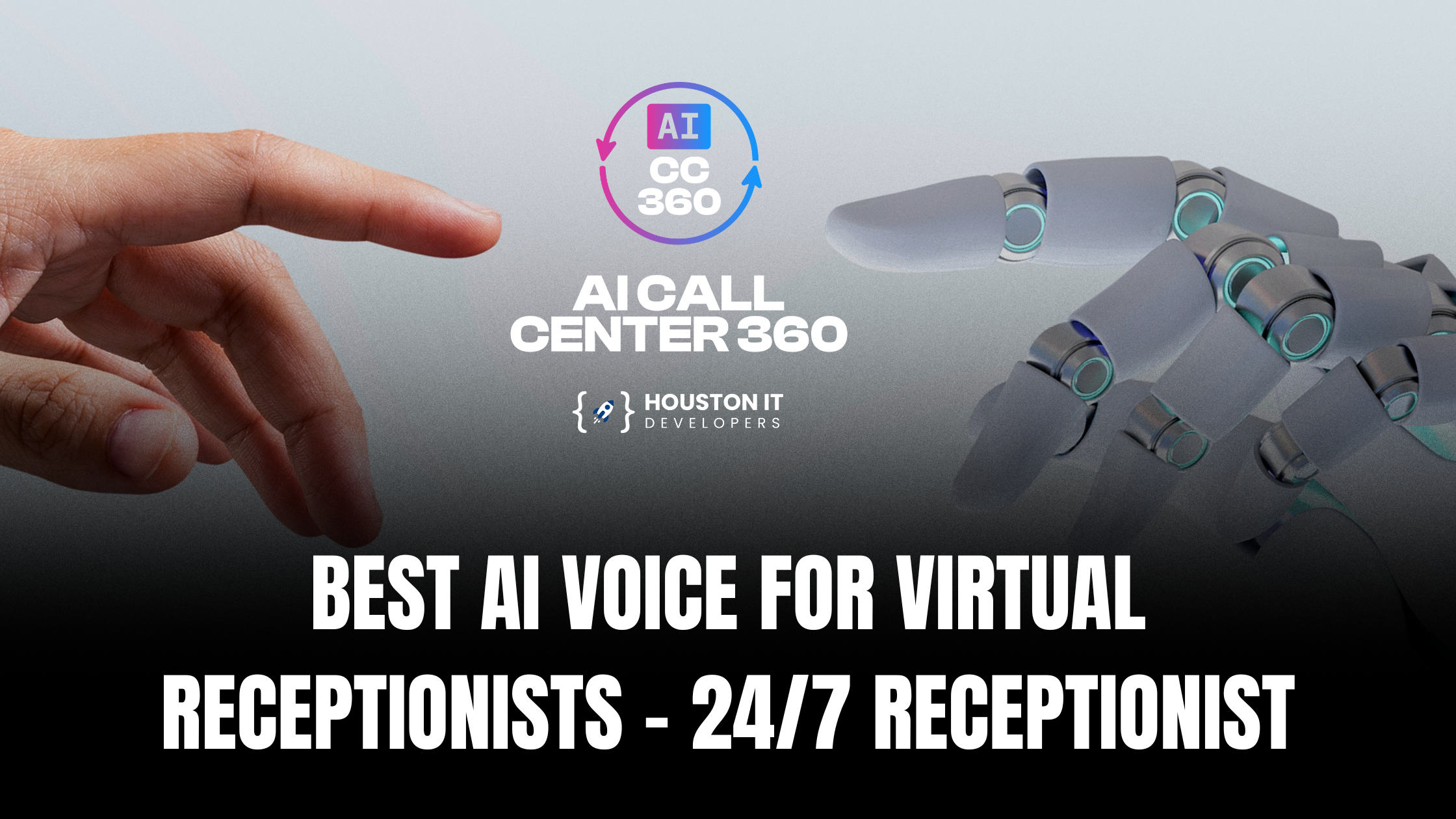User experience design is the process of developing (digital or physical) products that are beneficial, easy to use, and fun to interact with. It all comes down to enhancing customers’ interactions with your product and making sure they value what you have to offer.
A design strategy known as the “design process” takes into account all aspects of a product or service from the user’s point of view. This includes not only a product’s or a flow’s usability and accessibility, but also harder-to-create and -produce components like joy and emotion.
UI/UX design affects how a digital product or service is provided, sold, and utilized. It is the outcome of content, research, design, and strategy. A user experience is frequently the result of the accidental collision of code and preconceived notions about people. So, let’s discuss the UI/UX trends that make your digital product unique and stand out from competitors.
Top UX design trends
1. Anthropomorphism animations
Anthropomorphism is the practice of imputing human emotions, traits, and intentions to nonhuman objects. This functionality can be used by UX designers to transform inanimate objects into likable animated characters that mirror tender scenes in animations.
Animations are nothing new in UX design. It improves customer experience and makes the experience more immersive. But due to some notable characteristics, we are witnessing them becoming more spontaneous, fluid, and remarkable.
One such trend is anthropomorphism, which is predicted to rank among the top UX design trends in 2022. People are drawn to objects that resemble them both aesthetically and behaviorally. Their emotions work better with anthropomorphic animations.
2. Password-less login
Passwordless authentication is a technique for confirming a user’s identity without needing a password from them. Passwordless uses more secure substitutes, such as ownership factors (one-time passwords [OTP], registered devices, or biometrics), instead of passwords (fingerprint, retina scans).
Passwords are replaced by fundamentally safer authentication mechanisms in passwordless authentication. In password-based authentication, a user-supplied password is compared to what is kept in the database.
The same principles that underlie digital certificates apply to passwordless authentication: a cryptographic key pair made up of a private and passphrase key. Even though they are both termed keys, think of the public key as the padlock and the private key as the actual key that unlocks it. Digital certificates have a single code for the padlock, making it a top UX design trend in 2022.
3. Inclusive design
New designers may have a big impact on a range of levels in the emerging subject of inclusive design. Taking into account the needs of users who are likely to be excluded in many aspects of their daily lives due to belonging to a marginalized group or a statistical minority is known as inclusive design.
Accessibility is the process of creating objects, devices, services, or environments that are usable by people with impairments. Planning for accessibility is a vital part of designing for inclusion, even if it covers more than just accessibility challenges.
4. Virtual & augmented reality
The term “virtual reality” (VR) connotes a completely immersive experience that removes the user from their surroundings. utilizing virtual reality devices such the Google Cardboard, HTC Vive, or Oculus Rift. A range of real-world and imaginary scenarios can be entered by users.
With augmented reality (AR), digital elements are superimposed over real-world scenery using a smartphone’s camera. Non-command user interfaces, such as augmented reality interfaces, allow tasks to be accomplished without explicit user instructions by using contextual data gathered by the computer system. The concept of technology will broaden to encompass much more than it does today as more technologies capitalize on this growing trend, but the secret to designing an effective augmented reality is to comprehend the users’ objectives and surroundings.
5. Biometric authentication
Biometric authentication is a method of digital identification and authentication based on physical or behavioral human attributes for access to systems, devices, or data. One of the mechanisms employed in both two-factor and multifactor authentication (MFA) is this one.
Biometrics eliminates all of the hassles associated with managing passwords. One of the technologies being employed as a more sophisticated method of addressing the rising number of cases of document fraud and identity theft is biometrics. Changes in international laws and new risks like terrorism and cybercrime also need to be addressed.
6. Scroll-triggered animations
The important regions you want your audience to view and in the order you want them to see them are highlighted by scroll-triggered animation, which directs user attention to certain sections of a web page.
By making it seem natural for the user to gravitate towards certain areas of the page, this is an effective strategy for emphasizing a call to action, a special offer, infographics, the next step in a process, telling a narrative, and more, decreasing the possibility of them becoming lost. A faster page load time is made possible via scroll-triggered animation, which is good for SEO.
It is an increasingly common technique for grabbing users’ attention and persuading them to interact with a website. All the best UI/UX design service providers use this technique to make their customer’s digital products appealing.
7. Motion design
Motion-based design elements include transitions, animations, and even moving textures that approximate 3D depth. The motion directs the user’s journey, establishes navigation, and adds nuance to interaction design, making the experience feel more natural.
Motions can be used to direct the user’s attention to a particular spot. By concentrating on the relevant features at the appropriate times, good motion design makes the user interface more predictable and simple to navigate. Future design must consider motion language since it can help us interact with items in a more natural way.
8. Super tech landing pages
A landing page is a page that a visitor lands on after clicking on, for instance, an advertisement, a link in an email, or a call-to-action button on social media.
Incorporating relative units and media queries, a responsive page layout combines the ideas of adaptable and liquid layouts to produce a design that changes according to the resolution of the user’s computer screen.
Overall, this usually leads to better encounters. There are simply a few fields you must complete before you can proceed. All of this makes it simpler for you to use their platform to quickly start selling online.
Wrapping up
UX design is a commitment to developing consumer-focused products. Finding out who your customers are and what they want is the first step in creating products and services that make people’s lives better. To make sure that the finished product satisfies the needs of its intended users, design concepts are tested on actual customers and refined throughout time.
People will trust you if your website is properly maintained. People are encouraged to believe in brands, and once they do, they are more likely to purchase your services and goods. As a result, trust Houston IT Developers web design services as we have a powerful team with us.
Offering a variety of web design services Houston IT Developers has finished more projects in the past years. We, a full-stack web development solution and custom IT solutions, are looking for the best technical and high-quality service plans to help you launch your new brand.

